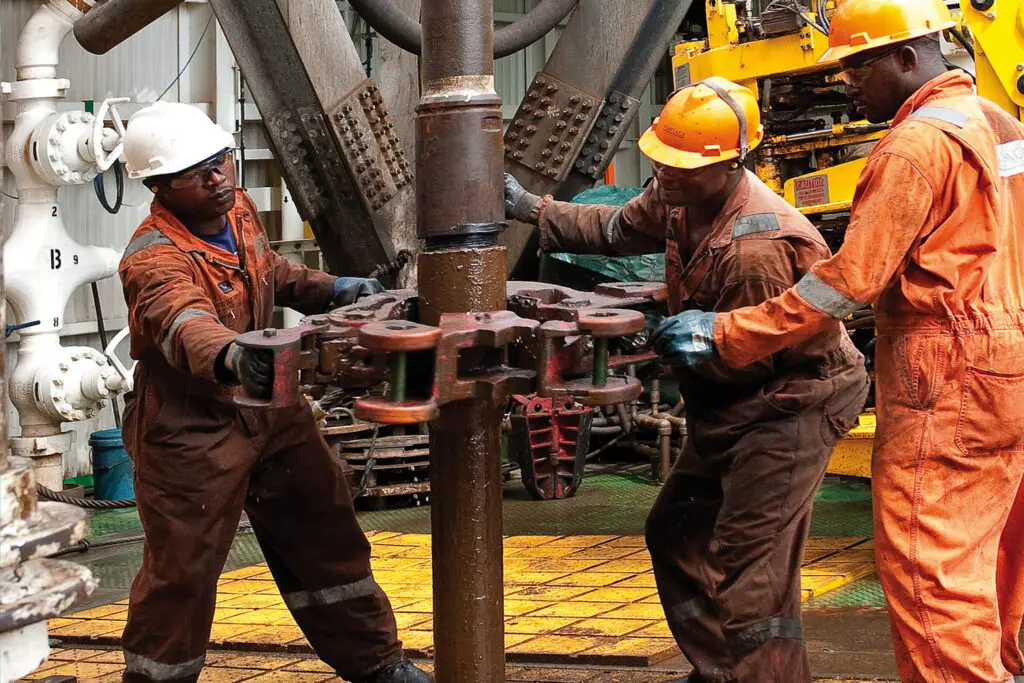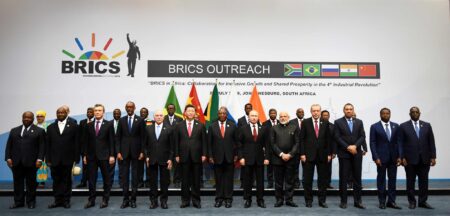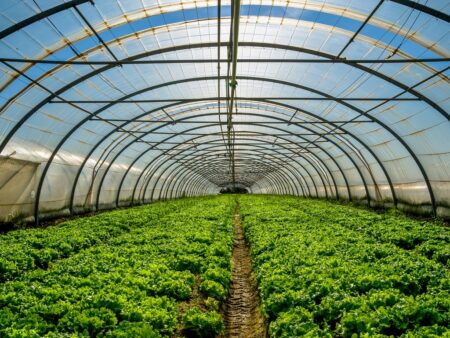Namibia and Senegal have become the latest members to join the African Petroleum Producers Organization (APPO).
Represented by deputy minister of mines and energy Kornelia Shilunga, Namibia was officially welcomed at the Council of Ministers Ordinary Session in Luanda, Angola, on November 4, 2022.
The meeting also admitted Senegal, while Venezuela joined as an observer member. The 18-member organization was formed 15 years ago in Lagos, Nigeria. It is a platform for cooperation and harmonization of efforts, collaboration, and sharing of knowledge and expertise among oil-producing African states. Omar Ibrahim is the organisation’s secretary general.
- Namibia and Senegal have become the latest members to join the African Petroleum Producers’ Organization.
- Namibia is not yet producing any oil and depends on oil imports from South Africa. Namibia recently announced that it would consider joining the Organization of Petroleum Exporting Countries if the oil fields are found to be large enough for commercial development.
- Senegal was also admitted, while Venezuela joined as an observer member.
According to a related article by France24 published on October 17, 2022, Senegal, like the Democratic Republic of Congo, discovered oil and gas reserves, raising hopes of future riches and industrialisation. The country has no intention of yielding to appeals to leave lucrative oil and gas in the ground in the name of fighting climate change.
Senegal’s oil and gas discoveries account for only 0.07 per cent and 0.5 per cent, respectively, of world reserves.
But Senegal’s Petroleum and Energies Minister Sophie Gladima said, “they are important enough to radically change the economy and industrial fabric of our country and thereby its future prospects.”
“Just exploiting our hydrocarbons will enable us to accelerate public access to electricity and, above all, to lower the cost of production and encourage industrialisation.”
She further underlined the legal framework needed to bring thousands of Senegalese jobs into the sector and the setting up of the National Institute of Oil and Gas to turn out a highly qualified workforce.
Funny enough, Namibia, also admitted as a member, is not yet producing any oil. Namibia recently announced that it would consider joining the Organization of Petroleum Exporting Countries if the oil fields are found to be large enough for commercial development.
Oil majors, TotalEnergies and Shell, together with joint venture partners QatarEnergy and Impact Oil and Gas, announced significant oil discoveries off the Namibian coast earlier this year, estimated by the Ministry of Mines and Energy to be likely in billions of barrels.
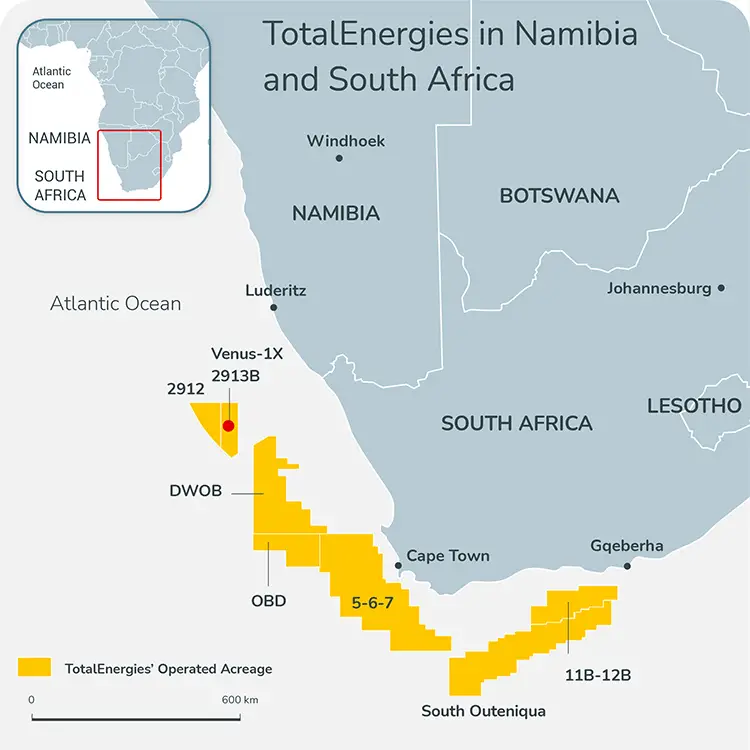
The Venus 1-X well encountered approximately 84 meters of net oil pay in a good quality Lower Cretaceous reservoir.
Read: TotalEnergies bolting out of Nigerian oil joint venture
“This discovery offshore Namibia and the very promising initial results prove the potential of this play in the Orange Basin, on which TotalEnergies owns an important position both in Namibia and South Africa, ” said Kevin McLachlan, Senior Vice President Exploration at TotalEnergies.
“A comprehensive coring and logging program has been completed. This will enable the preparation of appraisal operations designed to assess the commerciality of this discovery,” he added.
The oil and gas industry is also known for lengthy developments, particularly in areas that don’t have established infrastructure. According to News24, in Uganda development of major oil reserves, first discovered in 2006, has only just started, and the crude won’t reach international markets until 2025. Namibia plans on reaching production by 2028 if the process is accelerated. The country also sees a “massive opportunity” in green hydrogen.
According to figures from the Observatory of Economic Complexity (OEC), a global data visualization tool for international trade, as of 2020, Namibia imported US$872 thousand in Crude Petroleum, becoming the 90th largest importer of Crude Petroleum in the world.
The value of merchandise imports in Namibia rose during 2021, as reflected in increases across all major categories of merchandise imports. Expenditure on merchandise imports rose by 19.9 per cent to N$80.9 billion in 2021 when compared to 2020. The increase in the value of imports reflected increments in major import categories such as mineral fuels, consumer goods, machinery and mechanical appliances, vehicles and vessels, as well, as base metals. The higher import payments reflect an improved domestic demand for foreign goods, following eased restrictions on the Covid-19 pandemic during 2021 relative to 2020. The progress payments made on the new diamond recovery vessel also contributed to the higher import bill during 2021.
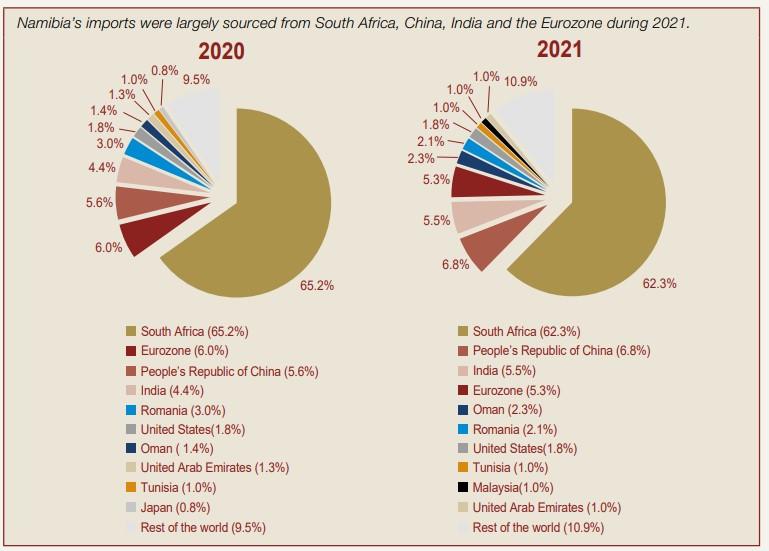
The decline in South Africa’s share from 65.2 per cent in 2020 was mainly supported by increases in the shares of China and India on the back of increased imports of pharmaceutical products during 2021. China ranked second with a 6.8 per cent share of the merchandise imports, consisting mainly of mineral fuels and machinery and pharmaceutical products. India ranked third and accounted for 5.5 per cent of the merchandise imports, largely comprising of mineral fuels and pharmaceutical products.
A reduction was recorded in the Eurozone’s share, which fell to the fourth position with 5.3 per cent of total imports, in the form of machinery. Other major sources of imports were Oman (2.3 per cent), the United States (1.8 per cent), Tunisia, Malaysia and the United Arab Emirates each with a share of 1.0 per cent.
The figures show that Namibia relies heavily from imports from South Africa to boost their oil needs. The new oil discoveries in Namibia and the latest development will definitely see a shift in trade between South Africa and Namibia.





